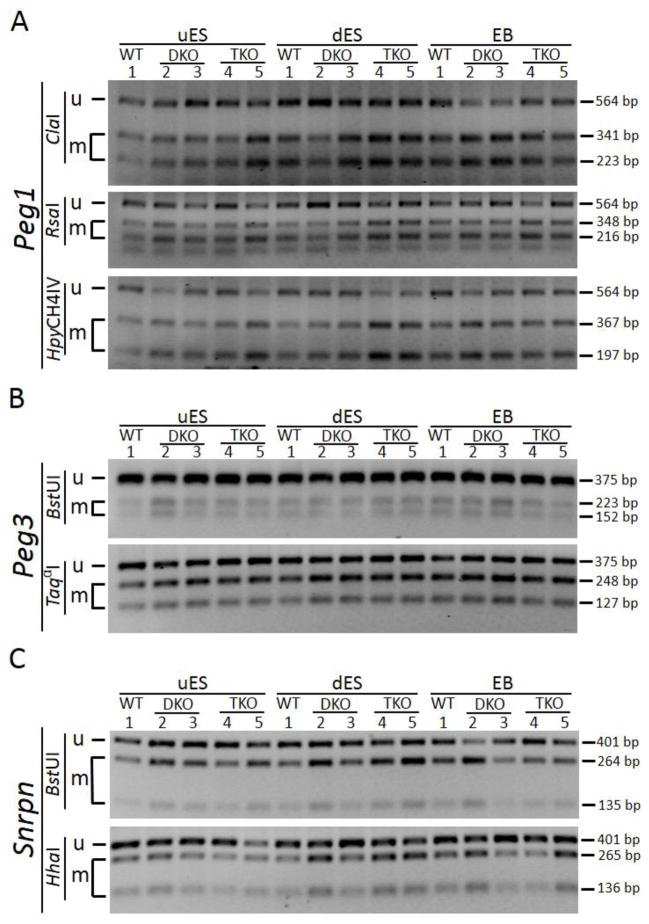Figure 3. COBRA analysis of maternally inherited DNA methylation imprint at three imprinted regions.
PCR amplification was performed on bisulphite-treated DNA samples with the primers covering the maternally inherited imprinting control region of three imprinted regions (Figure S2). Then the PCR product was subjected to restriction enzyme digestion targeting the CpG sites. uES, undifferentiated ES cell samples derived from the ES cells grown on feeder cells. dES, differentiated ES cell samples derived from the ES cells passaged on gelatin-coated plates for two generations. EB, embryoid bodies formed after the ES cells grown on non-adherent 10-cm dish plates for 9 days. Lanes 1, wild-type (WT) ES clone. Lanes 2, TET DKO#1 ES clone. Lanes 3, TET DKO#2 ES clone. Lanes 4, TET TKO#1 ES clone. Lanes 5, TET TKO#2 ES clone. u, the restriction enzyme product of the unmethylated DNA. m, the restriction enzyme product of the methylated DNA.
A, COBRA analysis of the Peg1 imprinted region, with a PCR product of 564 bp (Figure S2C). ClaI, RsaI and HpyCH4IV are three restriction enzymes used for digestion. The sizes of the restriction enzyme digestion product for the methylated DNA are: 341 bp and 223 bp for ClaI; 348 bp and 216 bp for RsaI; 367 bp and 197 bp for HpyCH4IV. B, COBRA analysis of the Peg3 imprinted region, with a PCR product of 375 bp (Figure S2D). BstUI and TaqαI are two restriction enzymes used for digestion. The sizes of the restriction enzyme digestion product for the methylated DNA are: 223 bp and 152 bp for BstUI; 248 bp and 127 bp for TaqαI. C, COBRA analysis of the Snrpn imprinted region, with a PCR product of 375 bp (Figure S2E). BstUI and HhaI are two restriction enzymes used for digestion. The sizes of the restriction enzyme digestion product for the methylated DNA are: 264 bp and 135 bp for BstUI; 265 bp and 136 bp for HhaI.

